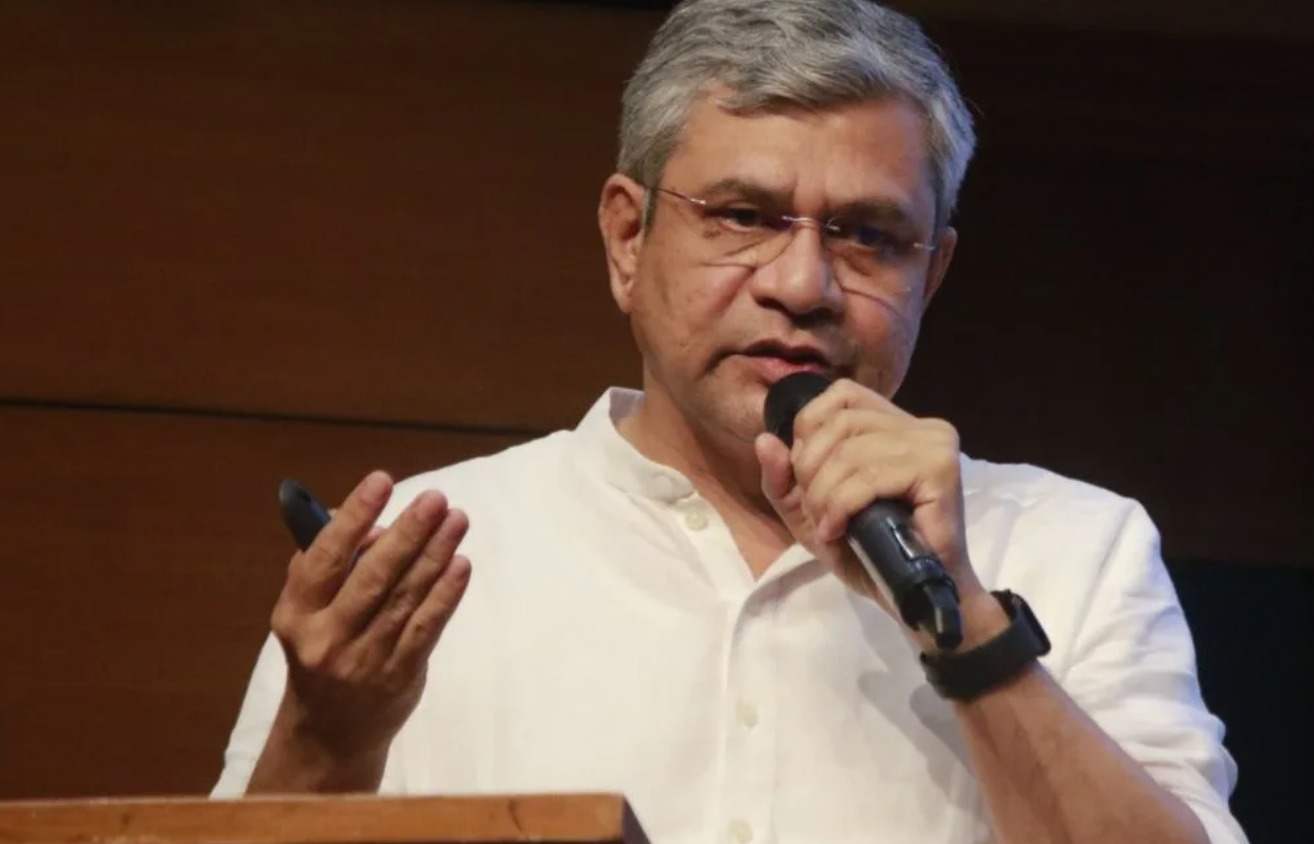
The government approved the digital Census diagnosis of caste groups through the Cabinet decision, marking the first nationwide implementation since 1931. The implementation of caste enumeration seeks to obtain extensive caste data that extends past the categories of SCs and STs by employing a structured code directory for reducing duplicate and unclear entries. The updated policies relating to reservation in addition to welfare schemes and delimitation processes, will depend on the collected caste data and serve to enable 33% women's reservation in Parliament. Trained officials will conduct the digital census, which consists of two phases and involves 30 lakh employees who will complete house listing and population enumeration tasks. The historic governance change through this decision will enhance social justice and data-based policymaking while improving electoral fairness in the lead-up to upcoming electoral contests in Bihar.
Context:
-
The Union Cabinet granted authorization for caste enumeration in the coming decennial Census, marking the initial instance since India gained independence in 1947.
-
Through its digital format, the Census will gather caste data in its second phase, and this will affect how policies develop, together with the allocation of parliamentary seats and the structure of reservation systems.
-
The nation will conduct its initial caste enumeration since 1931 as part of official decennial Census operations
Key Points
Background:
Pre-Independence Period
-
First Caste-Based Census: Conducted in 1881 under British rule.
-
The 1931 Census stood as the most detailed enumeration that delivered full caste-wise population statistics.
-
A central objective of the British census involved administrative classification based on caste along with "Divide and Rule" policy support through this information.
Post-Independence Period
-
During 1947 onward India stopped performing complete caste counting as part of its decennial census operations.
-
The Census of India focused exclusively on gathering information about Scheduled Castes (SCs) and Scheduled Tribes (STs) since the year 1951.
Mandal Commission (1980s)
-
The Mandal Commission used 1931 caste records to forecast the numbers of Other Backward Classes.
-
The Mandal Commission proposed 27% quota for Other Backward Classes in public employment and education and this policy became official in 1990.
SECC 2011 (Socio-Economic and Caste Census)
-
The government made its initial effort after independence to obtain both socio-economic data and caste information.
-
The data collection process took place under the Ministry of Rural Development instead of Registrar General of India.
-
The outcomes from this study included over 46 lakh caste entries that contained spelling errors and unverified identities and failed to provide an official public release of the data.
-
Standardization together with legal backing should have been established to enhance its practical value.
Caste Census Demand Resurgence (2020s)
-
Various social organizations and political groups pressed authorities to obtain recent caste information for developing better policies and allocations of subsidized positions.
-
Particularly prominent in states like Bihar, Tamil Nadu, and Maharashtra.
Bihar Caste Survey (2023)
-
Bihar launched independent caste enumeration during 2023 because the central government turned down a nationwide caste census.
-
The study from the census demonstrated that OBCs and EBCs represent more than sixty percent of the population living in the state.
Union Cabinet Approval (2025 Census)
-
Under orders from the Government of India the officials adopted caste enumeration within the official statistical census for the first time in 84 years since 1931.
-
Through its digital Census the state will gather caste data utilizing a code directory system that combats data duplication.
Key Features of This Decision:
-
The Caste Enumeration function here as an official component of the Census while the SECC (2011) operated as a mere survey.
-
For the first time ever, a digital census will be implemented through mobile applications.
-
A drop-down caste code directory allows enumerators to maintain standardization while avoiding any confusion in the recorded data.
Why It Matters:
-
The collection of real caste information will strengthen the development of precise welfare initiatives that focus on OBC groups specifically.
-
The available data has the potential to affect current reservation rates for OBCs, SCs and STs and women.
-
Lok Sabha and Assembly seats need redrawing according to population statistics and gender details and caste data during the future delimitation process.
-
The Women’s Reservation Act Section 3 requires census and delimitation data updates to implement its 33% seats for women provision.
SECC vs New Census Enumeration:
|
Aspect |
SECC 2011 |
New Census |
|
Type |
Survey |
Statutory Census |
|
Caste Recording |
Open-ended (led to 46 lakh+ entries) |
Structured via Code Directory |
|
Legal Status |
Non-binding |
Official Data |
|
Purpose |
Socio-economic status of households |
Demographic + Caste + Digital Identity |
Technical and Administrative Aspects:
-
The software implementation for the digital interface remains under testing conditions.
-
The census will run throughout two successive phases of operations.
-
House-listing
-
Population enumeration (includes caste)
-
30 lakh trained public sector employees will carry out the enumeration work.
Political Context:
-
The BJP claims this as a move towards inclusion.
-
Previous governments received criticism for preventing caste enumeration according to the Congress leadership.
-
The upcoming Bihar Assembly Elections are likely to be influenced by this announcement due to the sensitivity of caste in its electoral structure.
Conclusion
Through its decision to make caste enumeration part of the upcoming digital Census, the Union Cabinet created both historic and strategic developments which will transform India's social justice administration and electoral arrangements as well as the policy-making process. This move represents progressive government operations based on data and supports the equity and inclusion standards established in the constitution.



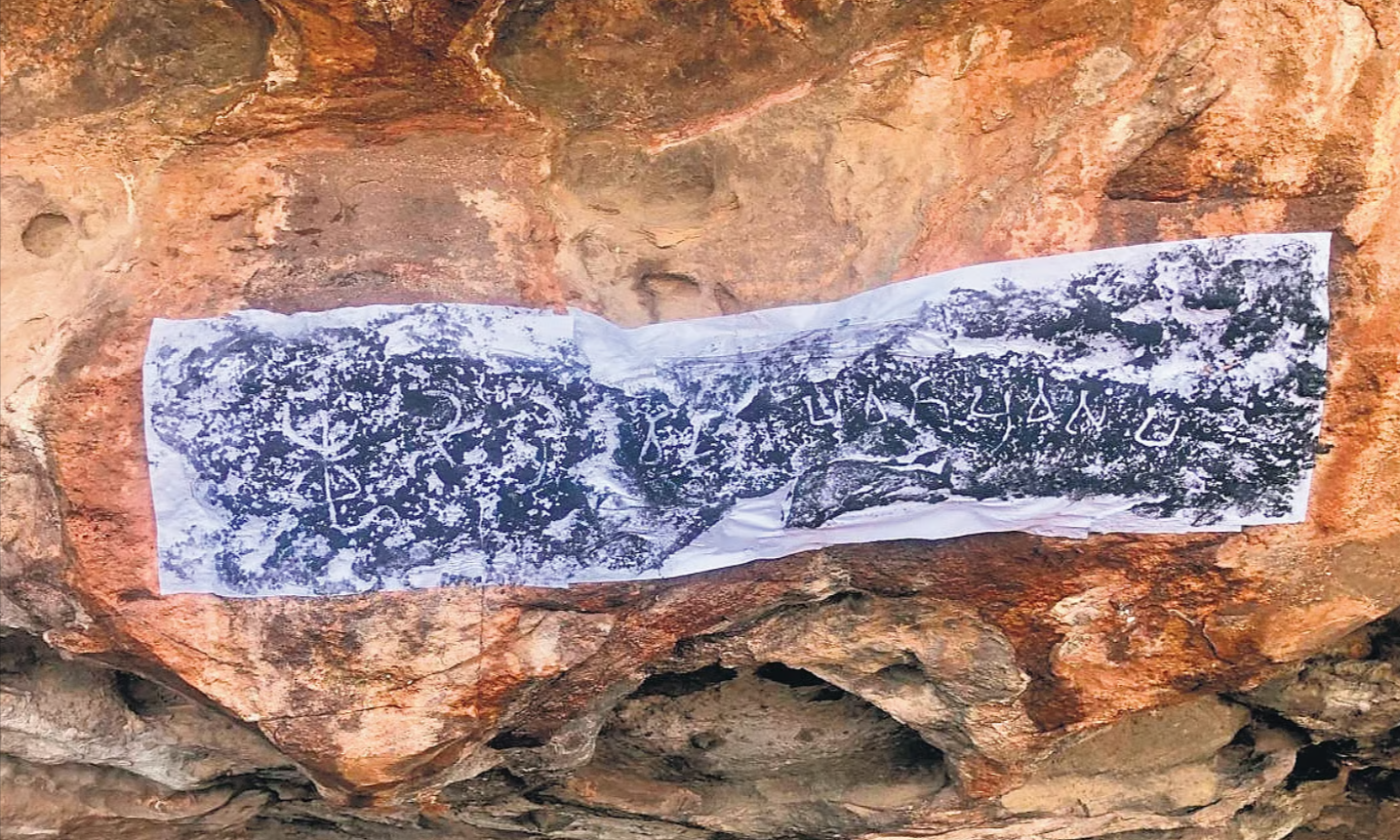 Satavahana-era Inscriptions Found in Telangana’s Peddapalli
Satavahana-era Inscriptions Found in Telangana’s Peddapalli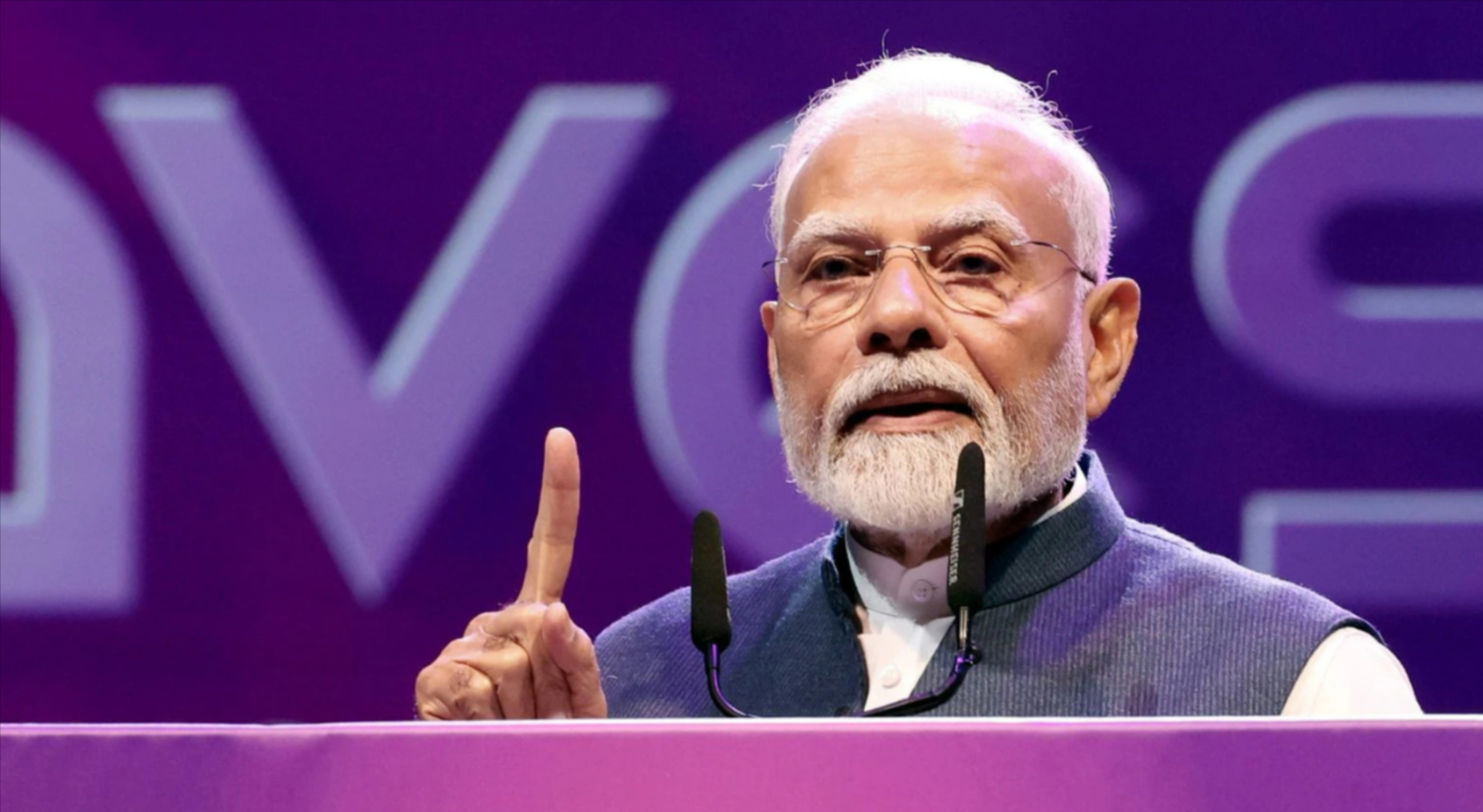 PM Modi Champions 'Orange Economy' at WAVES Summit, Announces WAVES Awards
PM Modi Champions 'Orange Economy' at WAVES Summit, Announces WAVES Awards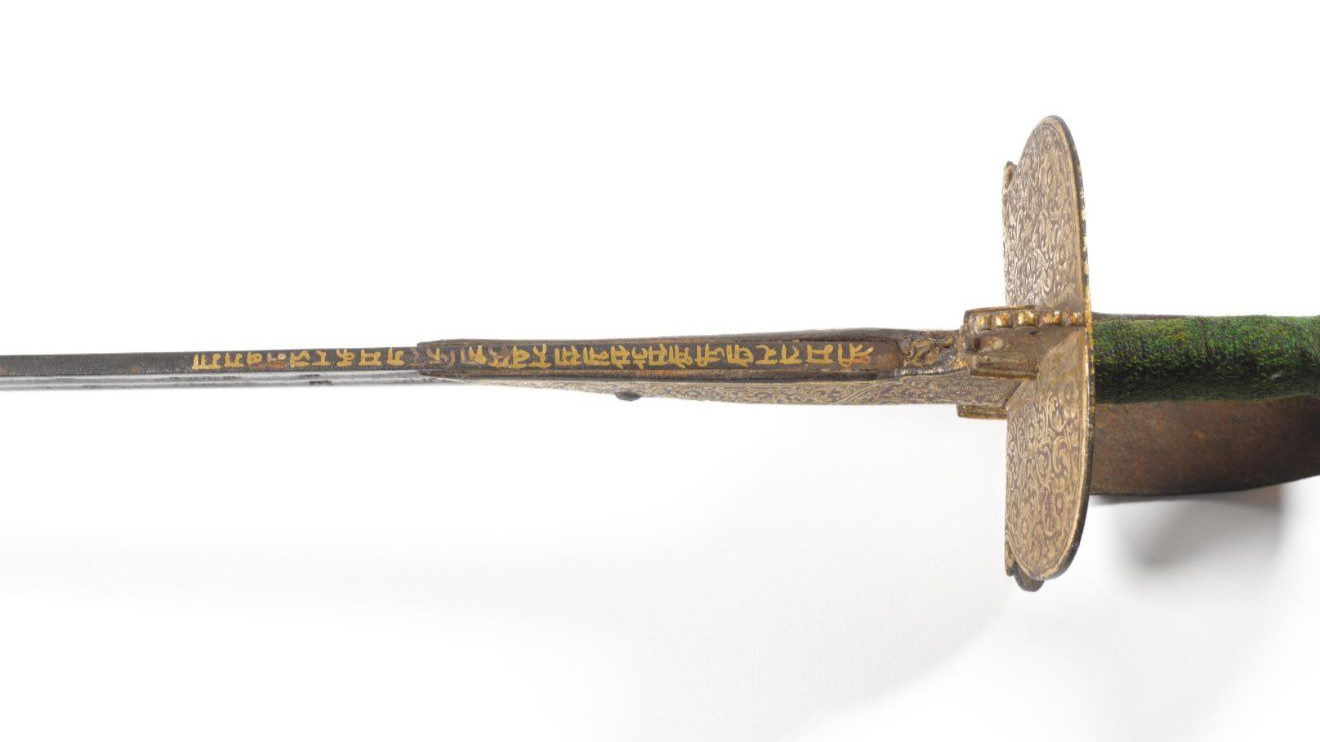 Maharashtra Reclaims Historic Sword of Raghuji Bhosale I at Sotheby’s Auction
Maharashtra Reclaims Historic Sword of Raghuji Bhosale I at Sotheby’s Auction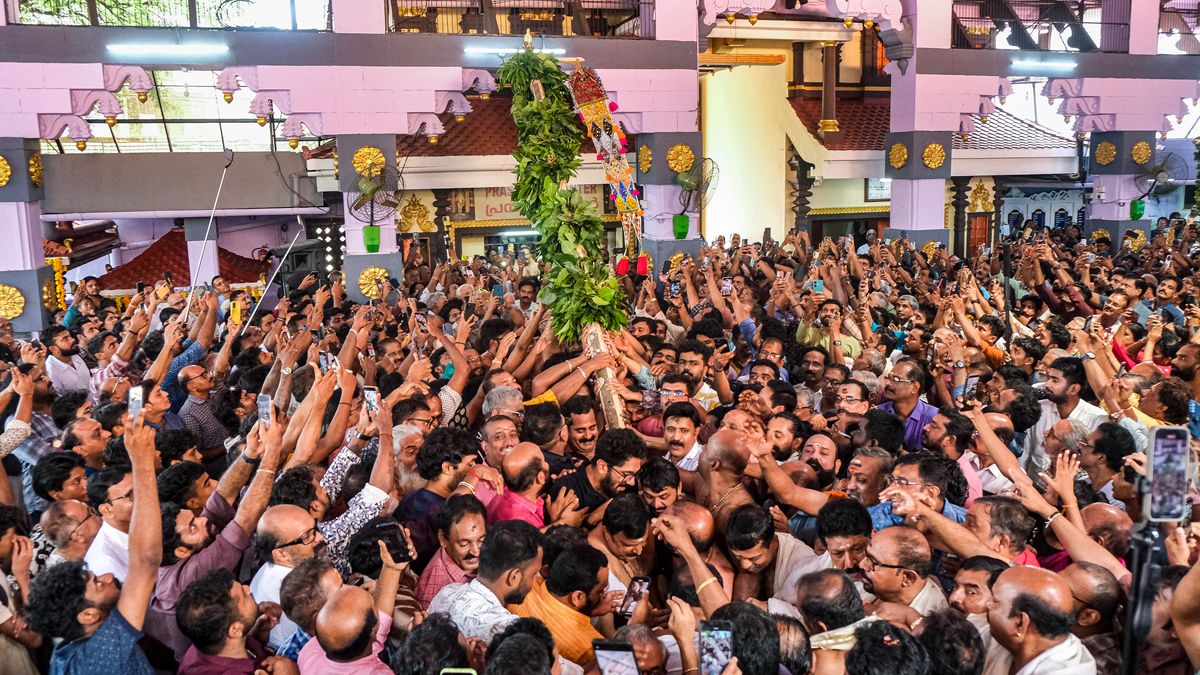 Thrissur Pooram Festivities Kick Off with Ceremonial Flag Hoisting
Thrissur Pooram Festivities Kick Off with Ceremonial Flag Hoisting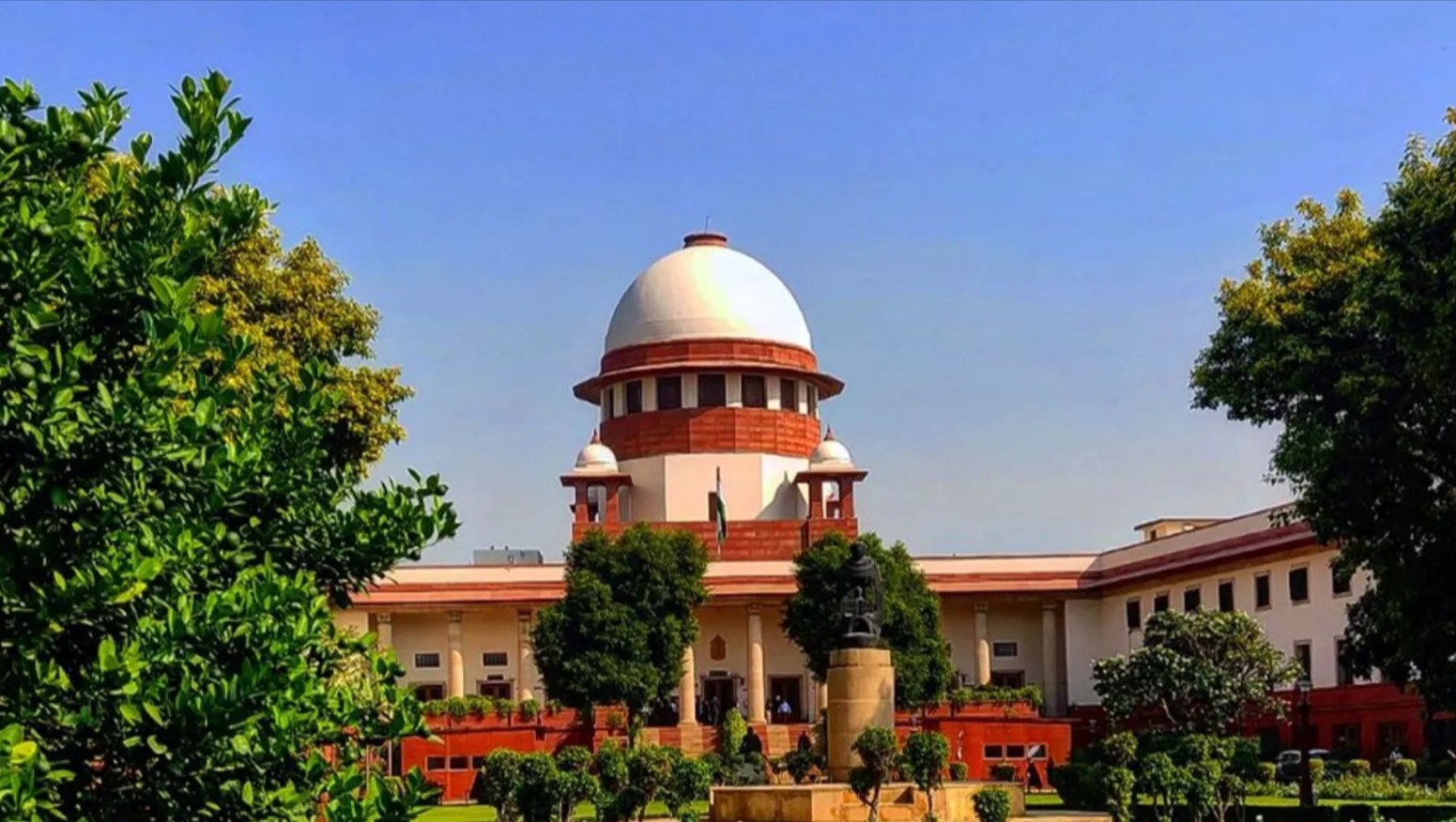 Supreme Court Declares Digital Access as a Fundamental Right Under Right to Life and Liberty
Supreme Court Declares Digital Access as a Fundamental Right Under Right to Life and Liberty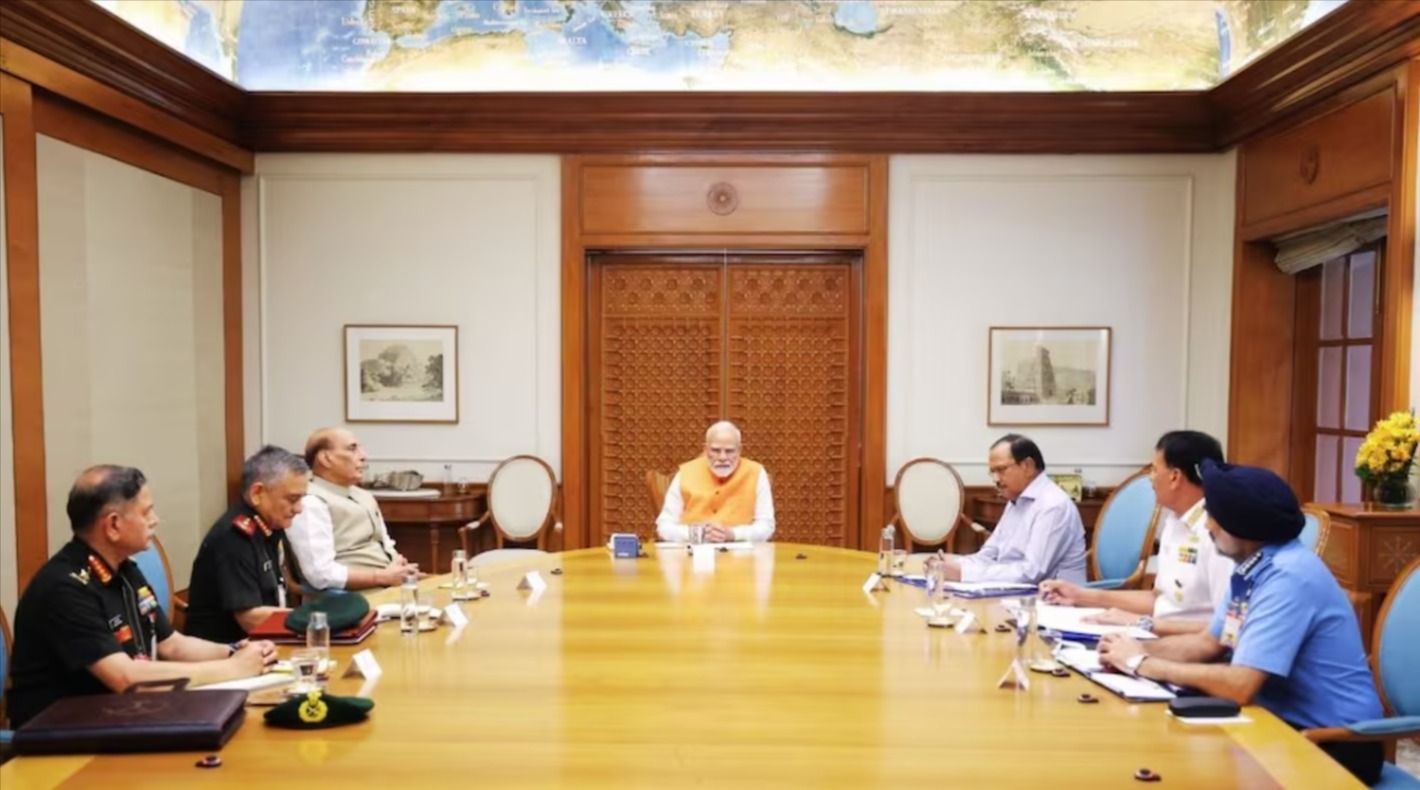 India’s Strategic Response to Terror: PM Modi Gives Armed Forces a Free Hand
India’s Strategic Response to Terror: PM Modi Gives Armed Forces a Free Hand Golconda Blue: The Legendary Diamond's History and the Fascination with Golconda’s Gems
Golconda Blue: The Legendary Diamond's History and the Fascination with Golconda’s Gems PM Modi Urges Citizens to Use 'Sachet' App for Real-Time Disaster Alerts
PM Modi Urges Citizens to Use 'Sachet' App for Real-Time Disaster Alerts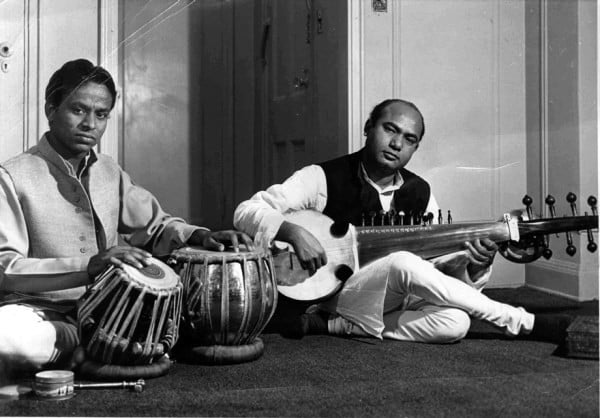 Pandit Chatur Lal: The Pioneer of Tabla in the West and His Centenary Commemoration
Pandit Chatur Lal: The Pioneer of Tabla in the West and His Centenary Commemoration






